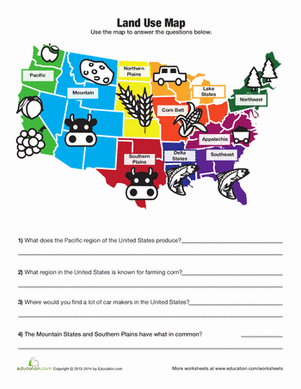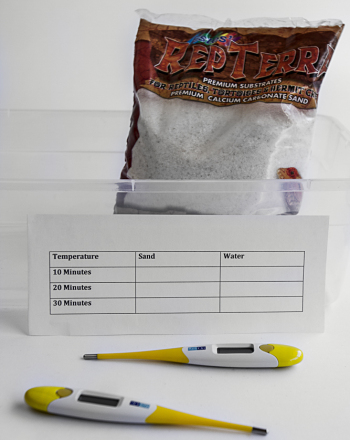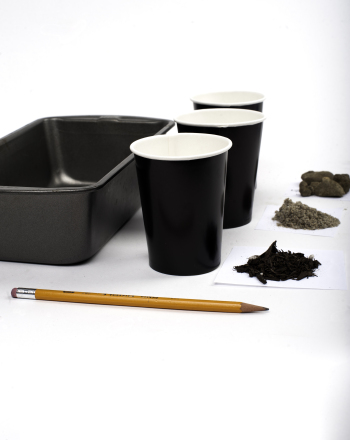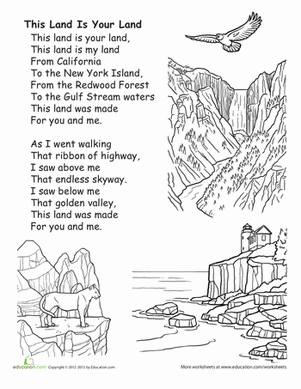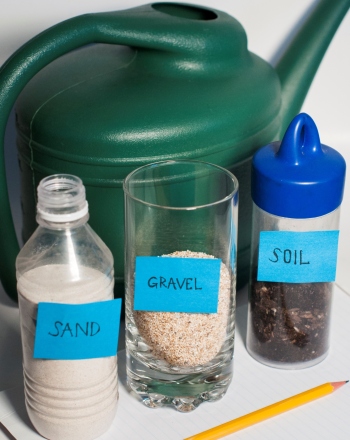Science project
Queenstown Creek: Land Use Vs. Water Quality
Introduction
Queenstown Creek and its environment have made very noticeable changes over the past fifteen years. The land has been rural for a very long time. The residential areas have enlarged considerably in those fifteen years. I have participated in the CMS water quality program for approximately one and a half years, and I have learned how environmental changes can affect water quality. My monitoring station is Queenstown Creek. This helps me to be concerned about my home town where I see many changes that can possibly harm the surrounding environment.
Problem
Does the type of land use affect the water quality of Queenstown Creek? I have divided this question up into three smaller problems: has land use changed, has water quality differed from in the past, and does land affect the water quality? The data ranges from 1986 to 1999. Dissolved oxygen, pH, salinity, secchi disc, and nitrates are the variables that are being tested.
Background Information
There are several possible affects on Queenstown Creek that change the water quality. They include a marina, sewage treatment plant, and urban runoff. Right near this body of water, there is a golf course, woodland area, and shopping center. Most of the habitat requirements for oysters, shads, clams, white perch, striped bass, and SAV’s are all ranging on the satisfactory level. This is a good sign because the land surrounding this water is not the same as it was in the 1980’s. Ever since 1986, the sewage treatment plant was made larger. Queenstown Creek has basically been a fairly healthy body of water.
Hypothesis
I predict that the Queenstown Links Golf Course and its housing development do have an affect on the water quality of Queenstown Creek. I have looked back on little bits of data from before the land changes occurred. The dissolved oxygen was low, and some secchi disc readings were five meters. Some 1986 photographs I saw looked very different from the land right now. The golf course was just added in several years ago just across from my monitoring dock. I believe that all of the new land use and runoff have forced the quality of the water to change.
Procedure
- Collect water quality data (pH, dissolved oxygen, nitrates, salinity, and secchi disc) off the internet.
- Using aerial photographs from both 1986 and 2000, compare how many small squares that were printed on a transparency sheet that covered up different types of land use. These include ponds/lakes, forest, agriculture, golf course, and residential areas.
- Make graphs from the data averages from the water quality data spreadsheet/ square amounts turned into percentages.
- Does land use affect the water quality of Queenstown Creek?
Conclusion
Conclusion In this science project, I was determined to find out if the land use around Queenstown Creek affected the water quality. In order to do this, I had to retrieve a large amount of data (dissolved oxygen, pH, salinity, nitrates, and Secchi disc) from the Internet. All this data is from 1985 to 1999. First, I compared the data by year. Then, I found the percentages of certain forms of land use. Finally, I made graphs to compare the results. There is not an official conclusion to this problem, for the land use may not be the only variable affecting water quality. I would have to do many more experiments on different bodies of water whose environment has also changed.
The Secchi disc is a marked disc that is used to determine water clarity. Secchi disc readings, from 1985 through 1999, showed a very gradual decline in clarity ranging from a high reading of 1.75 meters to .9 meters. The cause of this decline is unknown. It is possibly due to algae but my experiment did not test for that.
Nitrogen measures the amount pollution or chemicals harmful to marine life. Over the years, nitrate levels increased. The highest point was 0.46 ppm. It started off as .25 ppm.
Salinity, which is the level of salt in the water, remained between 6.5 ppt and 12.6 ppt. The first and last readings of the two end years (1985 and 1999) were 11.5 ppt and 12.6 ppt.
Dissolved oxygen is the measurement of oxygen in the water measured in parts per million. The results ended up saying that all averages of dissolved oxygen were just very slightly decreasing. The lowest and highest levels were 6.4 ppm and 8.1 ppm.
The next and final test was pH. pH is actually a logarithm to find how much acid is in the water. 7.0 is called the base that divides the acidic water from the alkaline water. Fish can’t live in water with acid. The values stayed above 7.4 but under 7.8. The last reading was 7.67.
My second set of data consists of land use percentages. The two places in Queenstown Creek were the point and creek head. The photographs used were taken in 1985 and 2000. There have been many physical changes in the environment.
First is the point. In 1986, half the land was forest, and near half was agriculture. The rest of it was marsh and residential area. In 2000, forest stayed the same with golf course trading places with agriculture. Ponds, marsh, and residence took over what was left.
Second is the creek head. 47% used to be agriculture and forest and meadow made up the rest. The year 2000 was totally different. There is no sign of agriculture, yet forest pretty much stayed the same, and so did meadow. Finally, 29% was made up of residential area.
As you can see, Queenstown Creek has definitely showed a large change over the past fifteen years. Both land use and water quality are certainly not the same.
Education.com provides the Science Fair Project Ideas for informational purposes only. Education.com does not make any guarantee or representation regarding the Science Fair Project Ideas and is not responsible or liable for any loss or damage, directly or indirectly, caused by your use of such information. By accessing the Science Fair Project Ideas, you waive and renounce any claims against Education.com that arise thereof. In addition, your access to Education.com's website and Science Fair Project Ideas is covered by Education.com's Privacy Policy and site Terms of Use, which include limitations on Education.com's liability.
Warning is hereby given that not all Project Ideas are appropriate for all individuals or in all circumstances. Implementation of any Science Project Idea should be undertaken only in appropriate settings and with appropriate parental or other supervision. Reading and following the safety precautions of all materials used in a project is the sole responsibility of each individual. For further information, consult your state's handbook of Science Safety.


